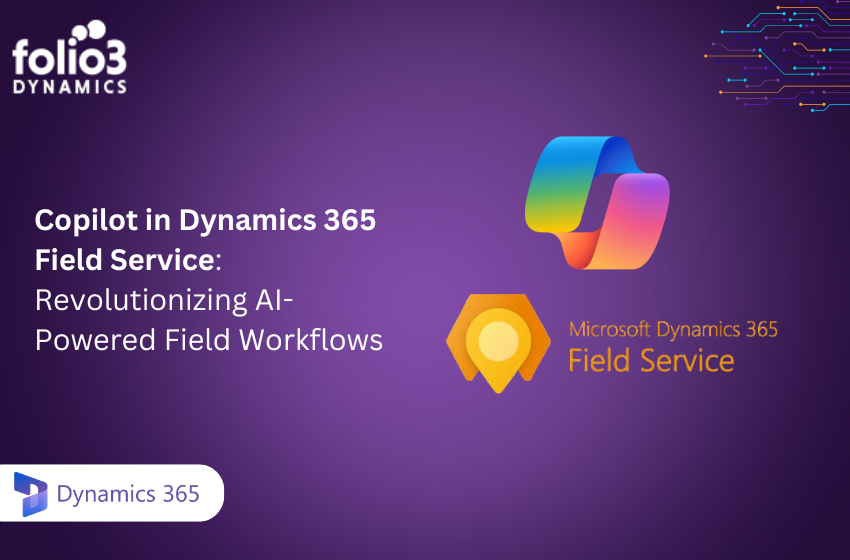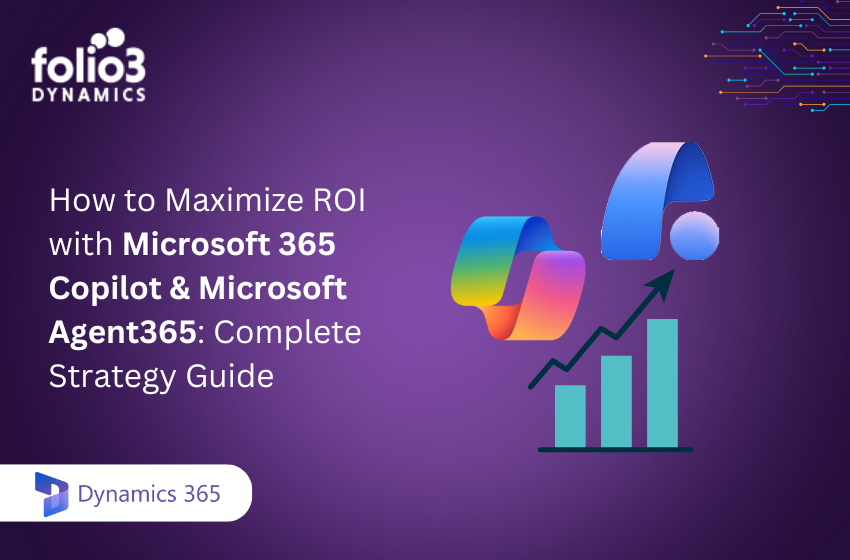In the digital age, the smooth interplay of systems can either be a business’s competitive edge or its Achilles’ heel. Nowhere is this more apparent than in the integration of Warehouse Management Systems (WMS) with Enterprise Resource Planning (ERP) platforms. In this comprehensive post, we will explore the critical importance of this integration, its benefits, and various strategies to make the most of it, while also looking at real-world examples and future trends in the field.
Understanding WMS and ERP Systems
What is a WMS?
A Warehouse Management System (WMS) is a software solution that controls and optimizes the movement and storage of supplies within a warehouse and processes the associated transactions, including shipping, receiving, putaway, and picking.
The WMS works with data capture devices such as barcode scanners, mobile computers, and RFID. It often includes detailed work instructions and advanced warehouse technology such as automated storage and retrieval systems (AS/RS) and automated data capture solutions.
Insights into ERP
On the other hand, ERP systems integrate and manage core business processes including finance, inventory, manufacturing, sales and services, and supply chain management. ERPs bring together information from across a company to facilitate data-driven decision-making.
The key aspect of an ERP is that it creates a data integrity standard and manages it across all channels of a business. This is critical in making sure that financial data, operational metrics, and customer information remain consistent and fully reconciled.
The Rationale for WMS ERP Integration
The primary objective of ERP and WMS integration is to ensure seamless exchange of data between the warehouse and the rest of the business to drive efficiency and accuracy. Without integration, organizations run the risk of siloed data, inefficiencies in business processes, and disjointed customer experiences.
Challenges of Operating in Isolation
When these two systems operate in isolation, typical issues that organizations face are delays in providing accurate and timely information across the business, which in turn affects inventory planning and customer service. Duplicate data entries and reconciliation problems further compound these challenges, leading to mismanagement of resources and reduced operational efficiency.
Benefits of Integration
The list of benefits is substantial. Real-time inventory data, synchronized financials, streamlined fulfillment and distribution processes, optimized labor allocation, and improved customer satisfaction are just the tip of the iceberg. Ultimately, the integration results in a better bottom line.
Key Benefits of WMS ERP Integration
Enhanced Data Accuracy and Visibility
Integration between WMS and ERP ensures that inventory data is always up-to-date, reflecting the latest transactions and movements. This level of transparency and reliability in data is indispensable for informed decision-making and maintaining lean operations.
Optimized Operational Efficiency
Consolidating processes under a single integrated system minimizes manual data input, streamlines operations, and significantly reduces the margin of error. This results in faster order fulfillment and effectively reduces waste in terms of time and resources.
Strategic Decision Making
Accurate and timely insights from ERP-integrated WMS solutions pave the way for strategic planning and business intelligence. This visibility into operations can guide businesses in analyzing their performance, identifying trends, and adjusting their strategies accordingly.
Strategies for Successful Integration
Data Mapping and Consistency
One of the most crucial aspects of integration is ensuring that data in WMS and ERP can seamlessly be mapped and reconciled. Consistency in data formats, naming conventions, and taxonomies is fundamental for maintaining a healthy integration.
Process Harmonization
It’s not just about data; the processes themselves must be aligned. This means that the workflows in the WMS, which are usually very warehouse-specific, should work in concert with the broader operational frameworks supported by the ERP system.
Technology Selection
Choosing the right integration technology is vital. Middleware solutions, APIs, and even managed services can provide different advantages depending on the scale and specific needs of the organization.
Best Practices for Implementing WMS ERP Integration
Defining Clear Objectives
From the get-go, understanding what you want to achieve with integration is important. Whether it’s reduced inventory levels, better order accuracy, or improved customer satisfaction, clear objectives guide the decision-making process.
Stakeholder Engagement
Engage with stakeholders from the warehouse and other business units to ensure that their needs and concerns are heard. This inclusive approach can result in higher adoption rates and better outcomes from the integration.
Robust Testing and Validation
Thoroughly testing and validating the integrated system is a must. This includes running end-to-end scenarios and edge cases to make sure that the system behaves as expected and that data integrity is maintained.
Overcoming Integration Challenges
Handling Complex Data
For businesses with complex data structures, addressing the challenges of data integration and synchronization can be daunting. Employing data cleansing techniques and robust data governance can help manage this complexity.
Customization vs. Standardization
There is a balance to be struck between customized solutions that meet specific business requirements and the standardization that allows for system upgrades and scalability. Choosing an integrated WMS ERP system with the right mix is key.
Security and Compliance
With sensitive data flowing across systems, ensuring security and compliance is critical. Staying updated with the latest security protocols and ensuring that the integrated system complies with industry standards is non-negotiable.
Real-World Examples of WMS ERP Integration
Increasingly, organizations are sharing success stories of their integrated systems. When an industry leader in pharmaceuticals merged its WMS with ERP, it saw a 20% increase in efficiency on the warehouse floor and a significant reduction in picking errors.
Another global retailer reported improved inventory accuracy from 70% to 98% after integrating its WMS with ERP, ultimately leading to a 15% boost in inventory turns.
The Future of WMS ERP Integration
With emerging technologies such as the Internet of Things (IoT) and Artificial Intelligence (AI) gaining traction, the scope of WMS ERP integration is set to expand further. AI’s predictive maintenance models and IoT’s real-time monitoring capabilities are just a glimpse of what’s possible.
The integration of advanced analytics into ERP-integrated WMS systems also promises to empower businesses with deeper insights and more intelligent, proactive decision-making capabilities.
The case for integrating WMS with ERP is compelling. In an era where the difference between leading and lagging is often defined by operational agility and customer-centric strategies, businesses can no longer afford to keep their warehouse systems isolated.
For those at the cusp of this integration, now is the time to evaluate your systems, engage with experts, and chart a course that ensures the seamless flow of data and operations. The dividends are vast, and the future that awaits is one of enhanced efficiency, growth, and a competitive edge that is finely honed and ready for the challenges of tomorrow.
Folio3 Dynamics specializes in bridging the gap between complex warehouse management systems (WMS) and enterprise resource planning (ERP) solutions, making it an invaluable partner for businesses looking to harness the potential of full-scale integration. With a deep understanding of both WMS and ERP technologies, Folio3 Dynamics offers tailored integration services designed to meet the unique needs of each business, ensuring a seamless flow of information across all operational levels. Their expertise not only includes the technical implementation but also extends to strategic planning, ensuring that the integration aligns with the company’s broader business objectives. By leveraging advanced tools and methodologies, Folio3 Dynamics ensures that data is accurately synchronized, processes are optimized, and the overall efficiency of the integrated system is maximized, enabling businesses to achieve improved inventory management, enhanced decision-making capabilities, and ultimately, a significant competitive advantage.


